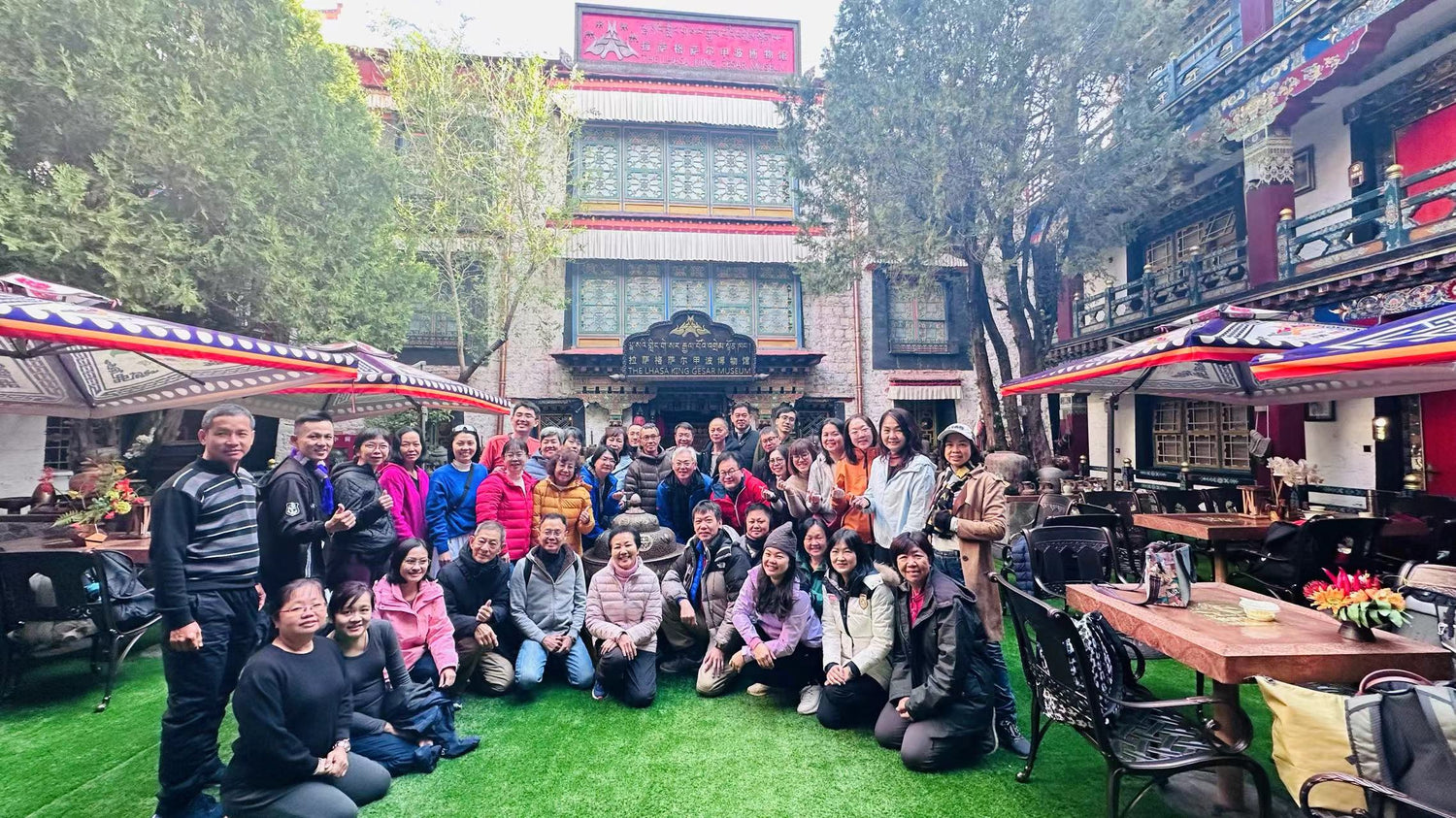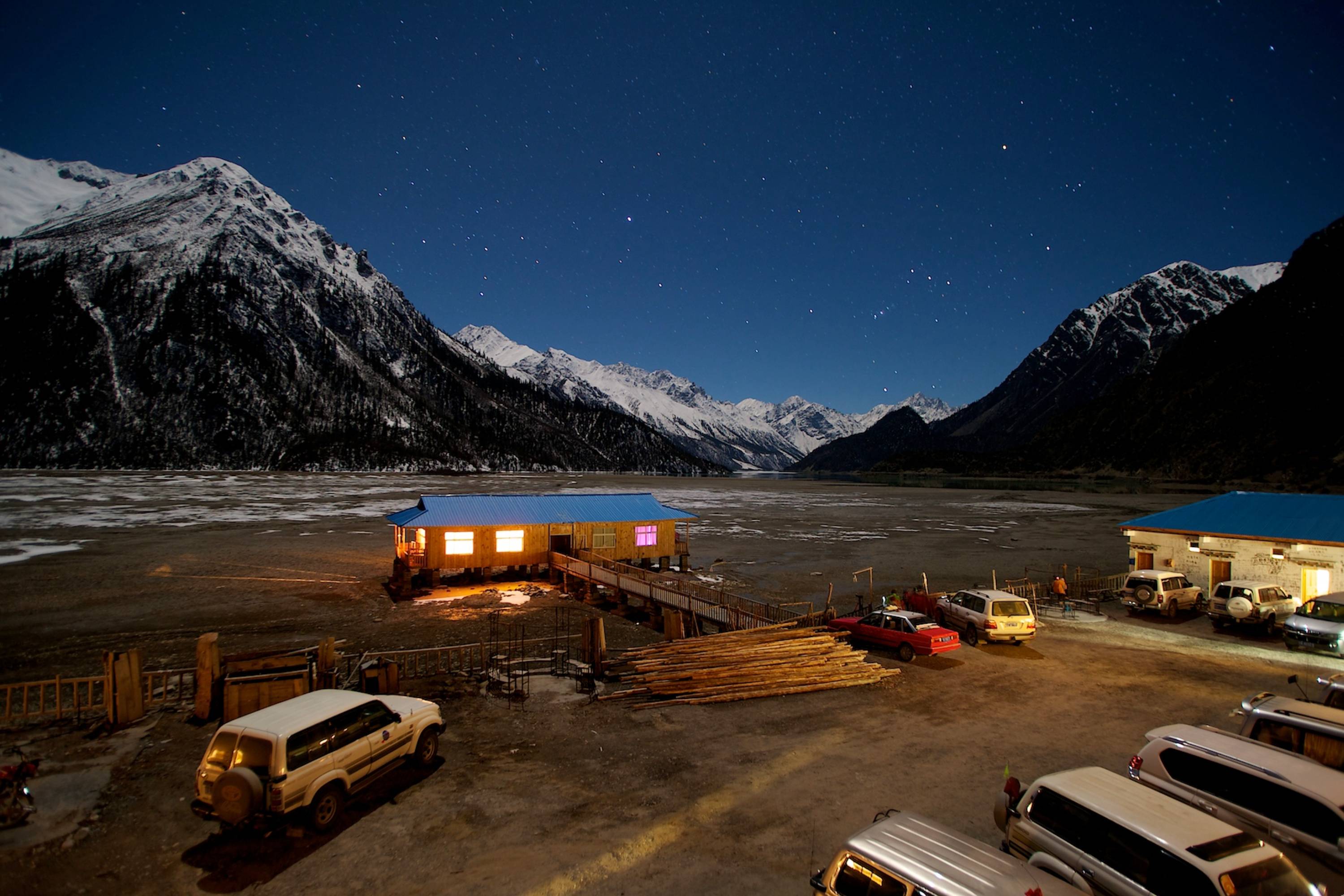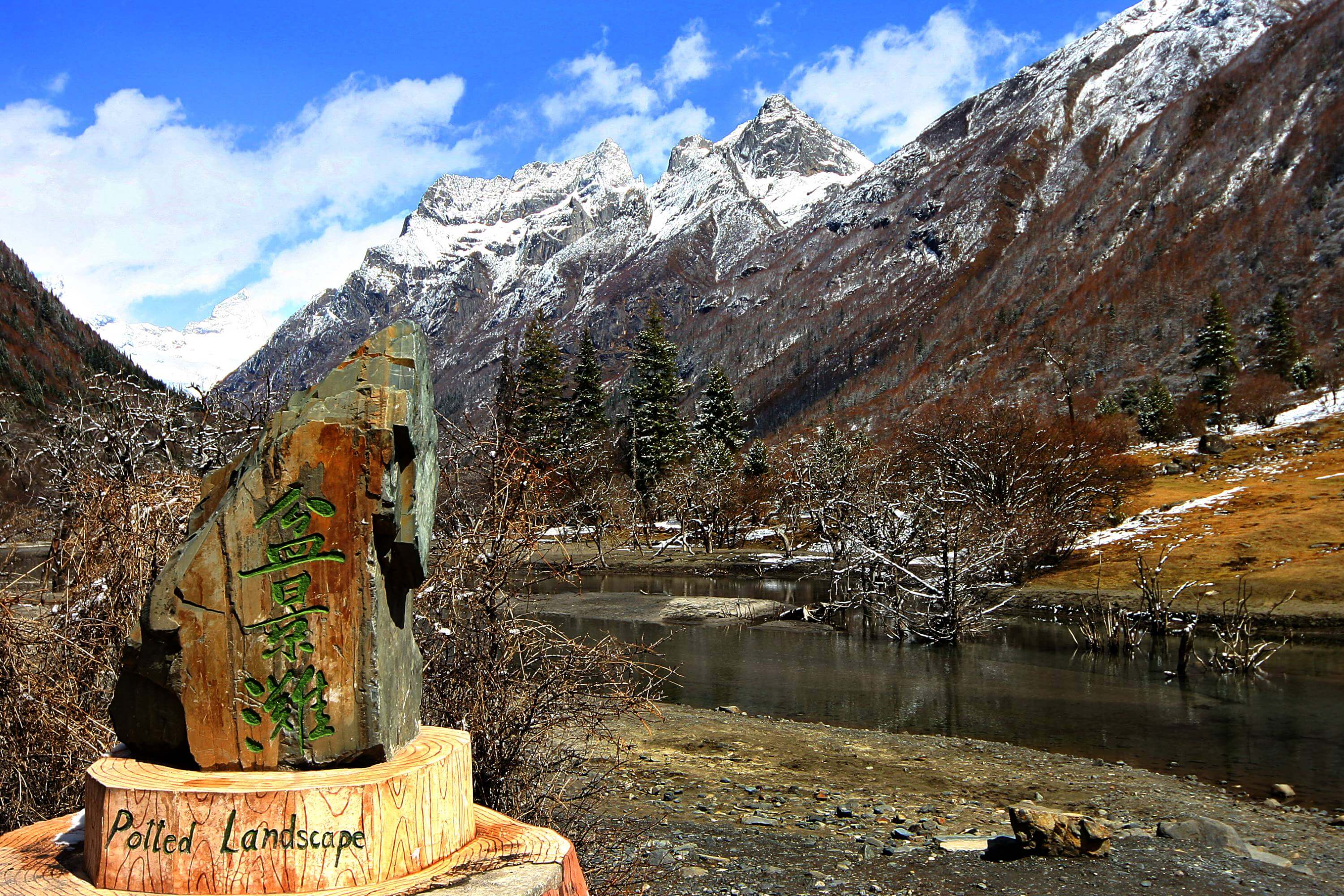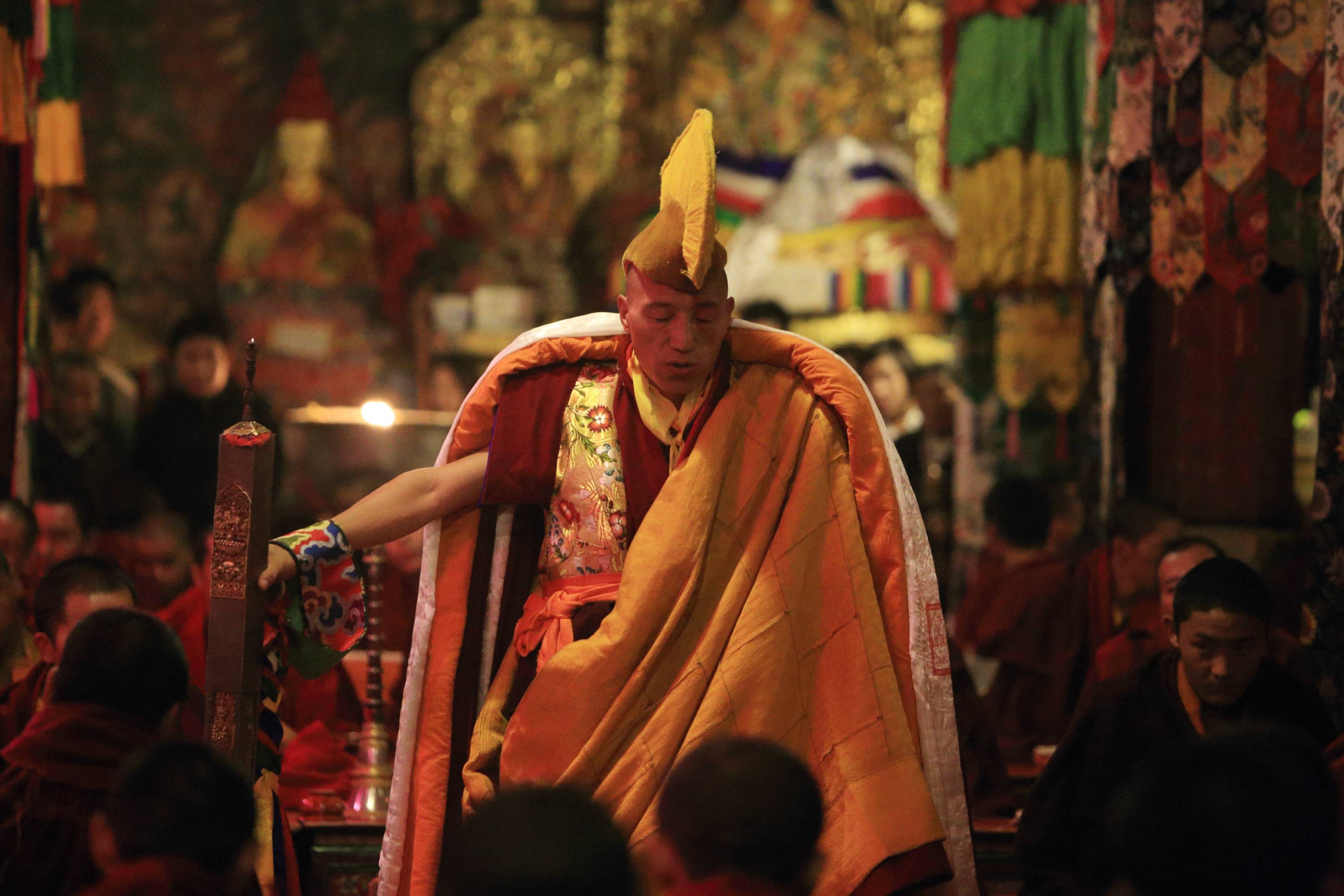Are you suitable for high altitude travel?
Thank you for choosing the travel service of Heavenly Tibet. The Qinghai-Tibet Plateau has magnificent natural scenery and splendid civilization, but safety and health are the primary considerations. When you are about to sign up, please deeply understand whether your physical condition is suitable for plateau travel. Consult your doctor, especially if you have cardiovascular or other chronic diseases. Your doctor can provide professional advice on whether it is appropriate to travel to high altitude areas based on your individual health conditions.
Precautions for Plateau Travel <br>When traveling in Tibet, tourists often experience the process of "eyes going to heaven, body going to hell". For the following symptoms of altitude sickness, please refer to: Altitude sickness: Tibet is a high-altitude area with an average altitude of more than 3,000 meters. You may experience altitude sickness, including headaches, nausea, vomiting, fatigue and even pulmonary edema. In order to reduce altitude sickness, it is recommended to make the following adaptation preparations: 1. Use a gradually increasing altitude travel method (such as taking the Qinghai-Tibet train to Tibet or flying to a city with a lower altitude such as Linzhi first); 2. Get enough rest and bring some sleeping pills appropriately; 3. It is important to maintain adequate water intake. When traveling in Tibet, the air is relatively dry, and with strong ultraviolet rays, water loss is faster. Therefore, maintaining adequate water intake is crucial to preventing altitude sickness and relieving altitude symptoms. 4. Follow the local customs and eat some local food, such as tsampa, butter tea, and sweet tea, which will also help you quickly adapt to the plateau climate.
Acclimatization period: You may need 1 to 2 days to adapt to the plateau environment. After arriving at the high altitude area, you can choose to rest for a day to gradually adapt to the local climate and altitude. Diet: Avoid eating greasy and difficult to digest food, and choose light and easy-to-digest food to help reduce the burden on the body. Appropriate exercise: The oxygen content in the plateau area is low, so strenuous exercise is prohibited to avoid altitude sickness. Avoid excessive drinking and large meals: The tolerance to alcohol in the plateau area is reduced, so excessive drinking should be avoided. Large meals may cause discomfort to the stomach, so it is advisable to choose small and frequent meals. Keep warm: The temperature is usually lower at night, so keep adequate warmth and add clothes when necessary. Carry medicine: You need to carry some common medicines, such as anti-altitude sickness drugs, motion sickness medicine, sunscreen, lip balm, etc., in case of emergency. Respect local culture: In the plateau area, it is very important to respect local culture and religious beliefs. When visiting temples and other religious sites, you must remain silent and follow local etiquette and rules. Insurance: Purchase appropriate travel insurance to ensure that you can get timely medical assistance and other support in an emergency. Before traveling to the plateau, it is best to consult a doctor to understand whether your physical condition is suitable for the plateau environment, and make adequate preparations according to the doctor's advice.
You need to buy a plateau travel accident insurance!
When traveling to high altitude areas, it is very necessary to purchase travel accident insurance, because the environment and altitude in high altitude areas may have a series of effects on the body, and additional medical support may be required in emergency situations. Altitude sickness and health problems: The climate and high altitude in high altitude areas may cause altitude sickness, including symptoms such as headaches, nausea, and vomiting. Once health problems occur, you may need to seek medical attention in time. Travel accident insurance can cover medical expenses incurred due to altitude sickness or other health problems as well as expensive emergency medical expenses. You may need to cancel or interrupt your trip due to weather, physical health problems or other emergencies. Travel accident insurance usually also includes coverage for trip cancellation or interruption to help you cope with financial losses when accidents occur. Luggage loss or damage may occur during travel. Travel accident insurance usually also provides compensation for luggage loss or damage to mitigate your losses.



